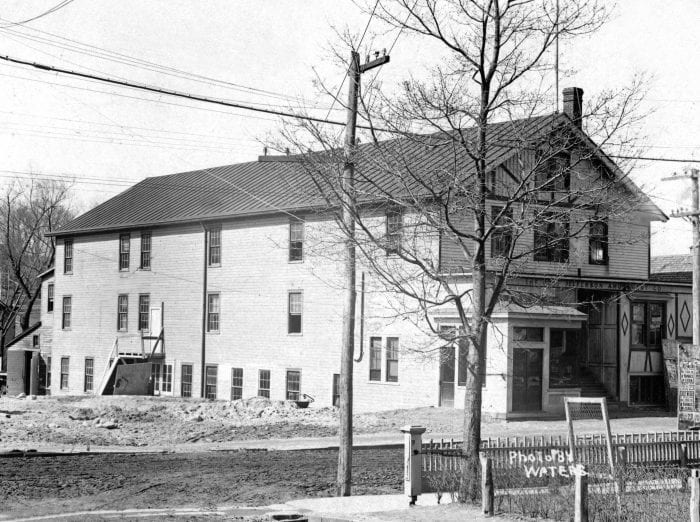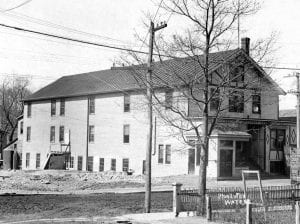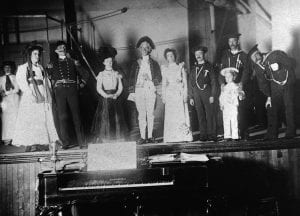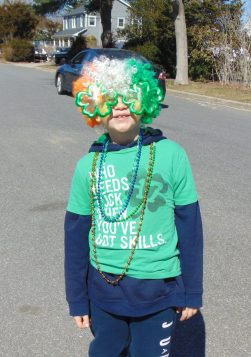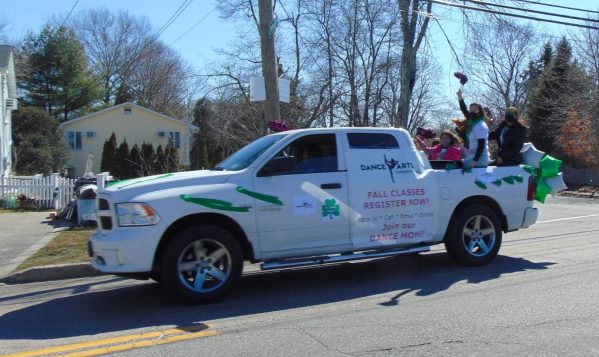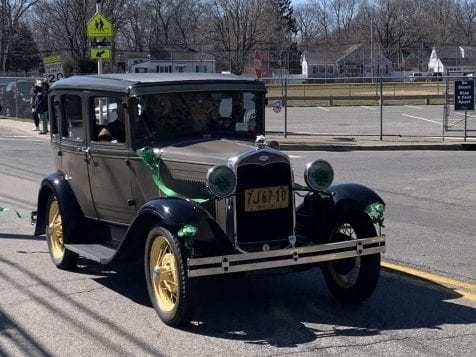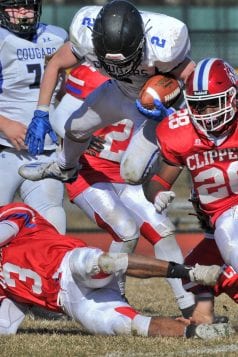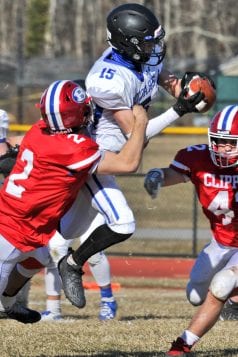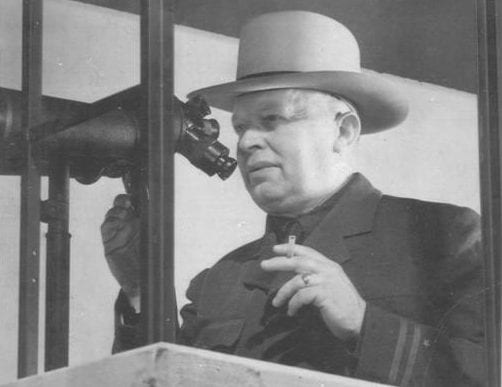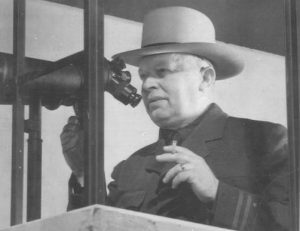Suffolk County Community College student Talise Geer recntly was honored with the Vanguard Award.
The student recognition award that acknowledges outstanding students who are enrolled in career and technical education programs that prepare them for professions that are not traditional for their gender, the Vanguard Award is presented annually by the Nontraditional Employment & Training Project — an initiative administered by SUNY Albany’s Center for Women in Government & Civil Society in partnership with the New York State Education Department.
Geer was one of 15 state-wide finalists, and is one of eight state-wide award recipients for pursuing a new career in cybersecurity.
She was notified of her win earlier this month.
“I had been searching for a long time to find my fit, a passion — and I found it in cybersecurity,” she said. “I feel honored to be have been recognized as one of the winners of the Vanguard Award. I look forward to what the future holds for me and holding the door open for other women seeking to enter this field.”
The Vanguard Award Ceremony will be held virtually at the Nontraditional Employment Training Conference in April.
Geer, a Wading River, married mom to a six-year-old daughter, was working successfully in sales after earning a bachelor’s degree from SUNY Old Westbury. But, she wanted more.
“I wanted to find a profession with job security,” Geer said, adding “and to do something I loved and with the opportunity for advancement.”
Geer researched emerging professions and settled on cybersecurity.
“I needed a school offering a cyber security major, a great faculty, affordability and convenience,” she said, “Suffolk County Community College had everything I needed.”
“Talise started with very little computer knowledge, but she fought through every challenging course, and she has continuously improved substantially with each class. Talise always comes prepared for class, hands in all assignments on time, and shows enthusiasm for every topic,” said Susan Frank, assistant professor of cybersecurity.
“Talise fully understands the significance of a nontraditional career,” Frank added, “and she is determined and prepared to succeed in the male dominated field of information technology. Cybersecurity offers her a world of opportunity with a higher salary, quick career advancement and job security. A traditional field could not provide all of these benefits.”
Frank said that Geer is the perfect person for the honor.
“I’m very thankful for the time I spent at Suffolk, the professors and for Professor Frank nominating me for this prestigious award,” Geer said.
Geer’s next stop is the New York Institute of Technology Cybersecurity Master’s program.
“I hope more girls, more women transition to this field,” Geer said. “It’s possible! And I hope to inspire more girls and women to enter cybersecurity. I’m honored and hope that a girl or woman in a seemingly dead-end job considers cyber security as a future career.”


